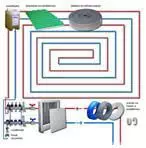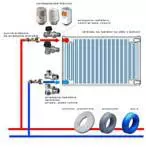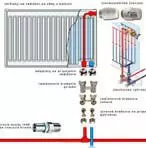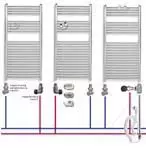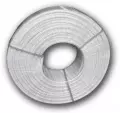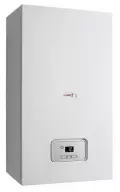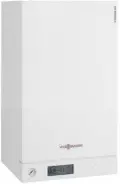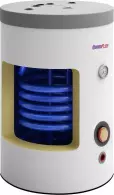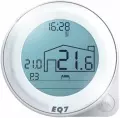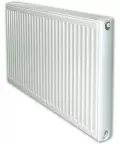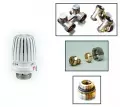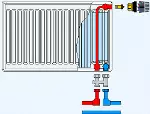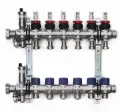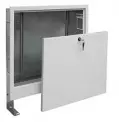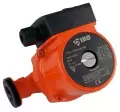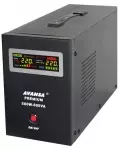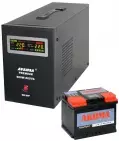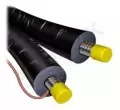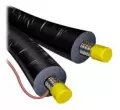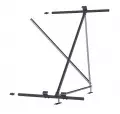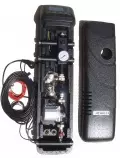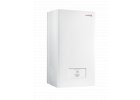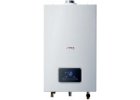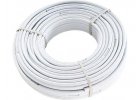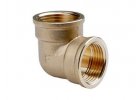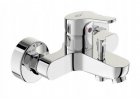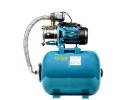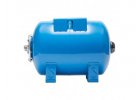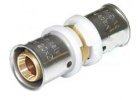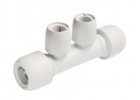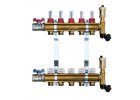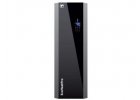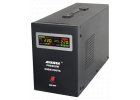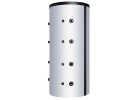collector
A collector in solar systems is a device that collects sunlight and converts it into heat. This thermal system is widely used to heat hot water or to support heating in homes, commercial buildings or industrial facilities.

There are different types of collectors, but the basic principle of their operation is similar:
Absorption of solar radiation: The collector contains an absorbent material that can effectively absorb solar radiation and turn it into heat. This material is often dark in order to absorb as much light energy as possible.
Conversion of light radiation into heat: When sunlight hits the absorbent material, it heats up and heat is generated. This heat is transferred to the heat-carrying medium that circulates in the collector.
Heat transfer cycle: The heat transfer medium, which can be water or an antifreeze solution, transfers heat from the absorbent material to the hot water tank or to the heating system. In the heating system, heat can be directly transferred to the air or to underfloor heating.
Heat distribution: The heat from the collector is then used to heat hot water for households or for heating. In the case of hot water heating, the hot water is stored in a tank and can be used in households for washing, bathing and other purposes.
Use of collectors in solar systems:
Hot water heating: Collectors are often used to heat hot water for homes, bathrooms and swimming pools. This reduces the consumption of traditional energy sources such as gas or electricity.
Heating: Solar collectors can be part of heating systems, where the heat obtained from sunlight contributes to the heating of a house or commercial building.
Industrial use: Solar collectors can be used in industry to heat water needed in various production processes.
The advantages of solar collectors include lower energy costs, cleaner and more ecological heating and cooling, and dependence on a renewable source of energy - the sun.

















